Net sleeves can be applied to a variety of fruits, mainly including: oranges, tangerines, strawberries, apples, pears, peaches, kiwis, loquats, mangoes, dragon fruits, pomegranates, watermelons, grapefruits and mangosteens, etc. These fruits are usually packaged with foam net sleeves of different specifications to provide shock protection.
The main function of the foam net sleeve is shock protection to ensure that the fruit will not be damaged by collision during transportation. Net sleeves of different specifications are suitable for fruits of different sizes to ensure the best protection effect. The application of net sleeves in fruits is as follows:
Apples: The skin of apples is smooth and easily rubbed by collisions during transportation and storage. Net sleeves can reduce friction and collisions and protect the appearance of apples.
Pears: The skin of pears is thin and brittle, and it is easy to be injured during handling. The net sleeve provides a soft protective barrier to maintain the integrity of the pears and extend the shelf life.
Oranges: Although the skin of oranges has a certain toughness, it is easily damaged by squeezing during stacking and transportation. The net keeps the oranges spaced apart and reduces the impact of external pressure.
Mango: The mango skin is thin and juicy, and is easily damaged after collision. The net cushions the external impact and protects the mango skin.
Kiwifruit: The skin of kiwifruit is fragile and easily damaged during packaging and transportation. The net provides gentle protection to avoid crushing or scratching the skin.
Grapefruit: Grapefruit is large and plump, and is easily crushed at the bottom during transportation and stacking. The net wraps all around to disperse the pressure and prevent deformation and breakage.
Mangosteen: Mangosteen is large and easily damaged during transportation. The net protects its complete appearance and good taste.
The main purpose of using nets for these fruits is to reduce damage during transportation and storage and maintain the appearance and quality of the fruit.
The net can be applied to all types of papayas, including papaya, papaya, etc. The main function of the net is to protect the fruit from damage during transportation and storage, so it can be applied to various papaya varieties. Whether it is green papaya or papaya, the net can effectively prevent them from being squeezed or collided during transportation, thereby protecting the integrity and freshness of the papaya. Dragon fruit: Dragon fruit is easily collided and squeezed during transportation, resulting in damage to appearance and quality. The use of nets can effectively buffer external pressure and reduce the loss rate during transportation, which is of great significance for long-distance transportation and long-term storage of dragon fruit.
Commonly used net sizes are as follows:
1. Apples The diameter is about 80-85mm and the height is about 70-75mm. This size of net is suitable for larger apples. The diameter is about 75-80mm and the height is about 65-70mm. This size of net is suitable for medium-sized apples. The diameter is about 70-75mm and the height is about 60-65mm. This size of net is suitable for smaller apples.
2. Oranges The commonly used net sizes for 136.5cm and 106cm oranges are mainly. These sizes of nets are suitable for different scenarios and needs. For example, 136.5cm nets are often used for logistics shockproof buffering, while 106cm nets are suitable for general packaging.
3. Mango
20*30cm, 22*35cm, 28*38cm mango net sizes include etc. These sizes of nets are usually used to protect mangoes from external factors such as weather changes and pests. In addition, there are some other sizes of nets, such as 35*45cm, 40*50cm, etc., which are suitable for mangoes of different sizes and varieties.
4. Pitaya
15x10cm: This size of net is suitable for small pitaya, usually for seed storage and soaking.
25x15cm: This size of net is suitable for medium-sized pitaya, often for seed storage and soaking.
30x20cm: This size of net is suitable for larger pitaya, often for fruit insect and bird protection.
35x25cm: This size of net is also commonly used for larger dragon fruits, with insect and bird-proof functions.
45x30cm: Suitable for larger dragon fruits, also with insect and bird-proof functions.
55x35cm: This size of net is suitable for larger dragon fruits, with good insect and bird-proof effects.
60x40cm: Suitable for very large dragon fruits, with good insect and bird-proof effects.
70x48cm: Suitable for extra-large dragon fruits, with good insect and bird-proof effects.
75x55cm: Suitable for extra-large dragon fruits, with good insect and bird-proof effects.
95x60cm: Suitable for extra-large dragon fruits, with good insect and bird-proof effects.
105x70cm: Suitable for extra-large dragon fruits, with good insect and bird-proof effects.
145x105cm: Suitable for extra-large dragon fruit, with good insect and bird-proof effects.
5. Nets of other sizes
10*6cm: Suitable for general packaging.
12*7cm: Suitable for packaging of fruits such as apples and pears.
14*7cm: Suitable for thickened packaging of apples, pears and oranges.
16*7cm: Suitable for ordinary thickness packaging of apples, pears and oranges.
18*7cm: Suitable for ordinary thickness packaging of fruits such as pomegranates and mangoes.
20*7cm: Suitable for ordinary thickness packaging of vegetables such as zucchini.
25*9cm: Suitable for thickened packaging of fruits such as watermelon, cauliflower melon, etc.
30*9cm: Suitable for thickened packaging of fruits such as grapefruit and cantaloupe.
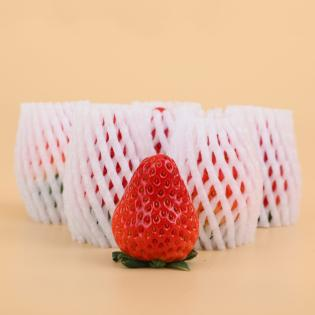
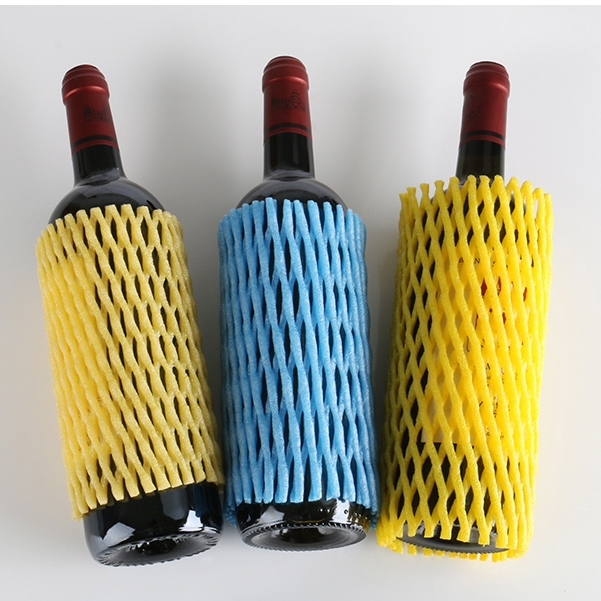
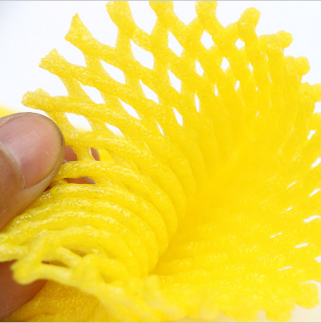
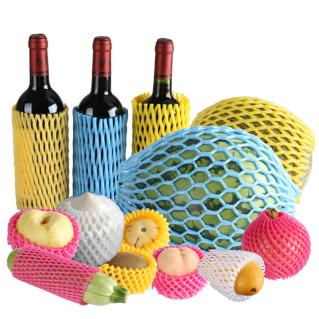
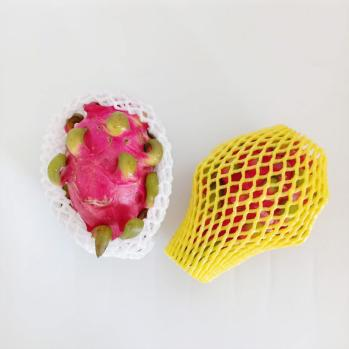
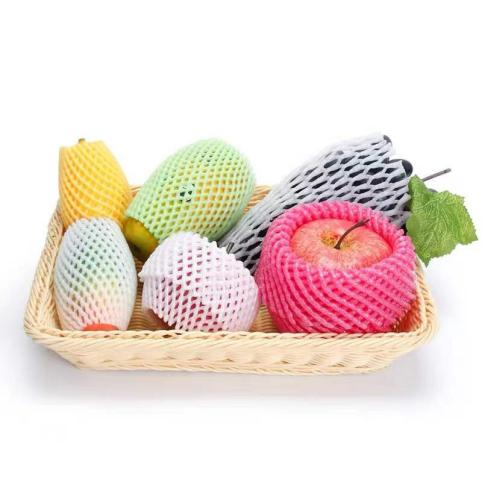
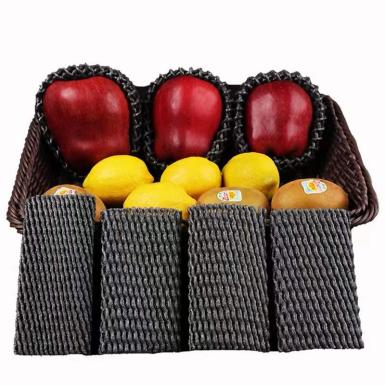
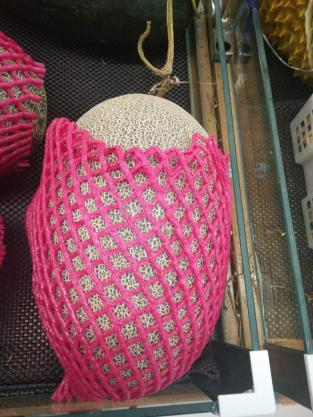
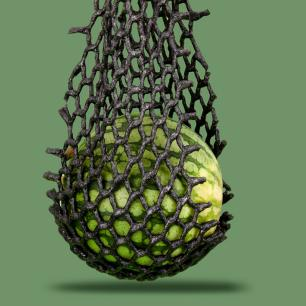
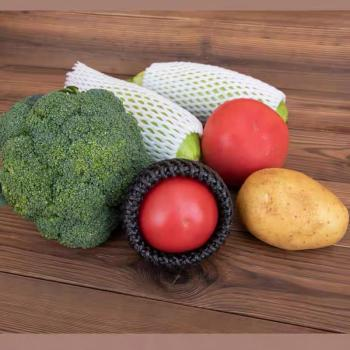
Post time: Dec-26-2024
